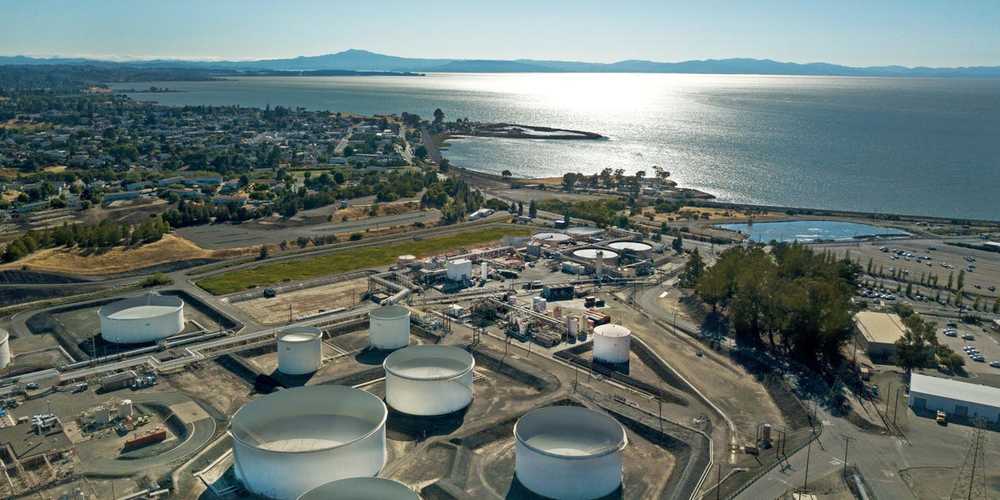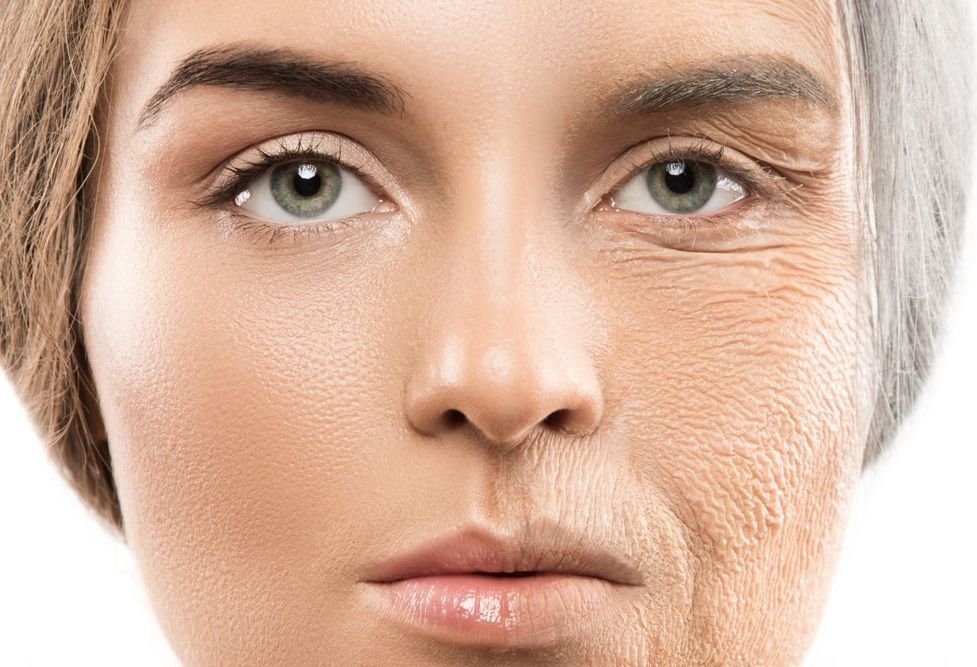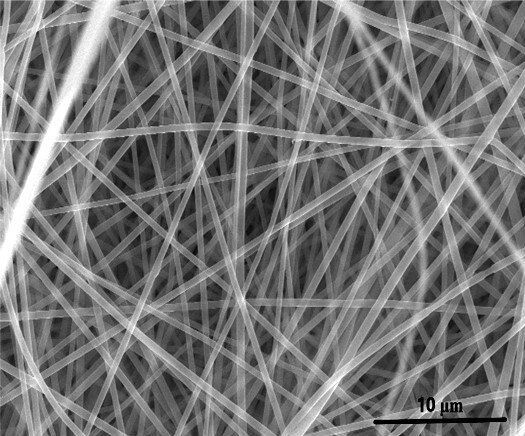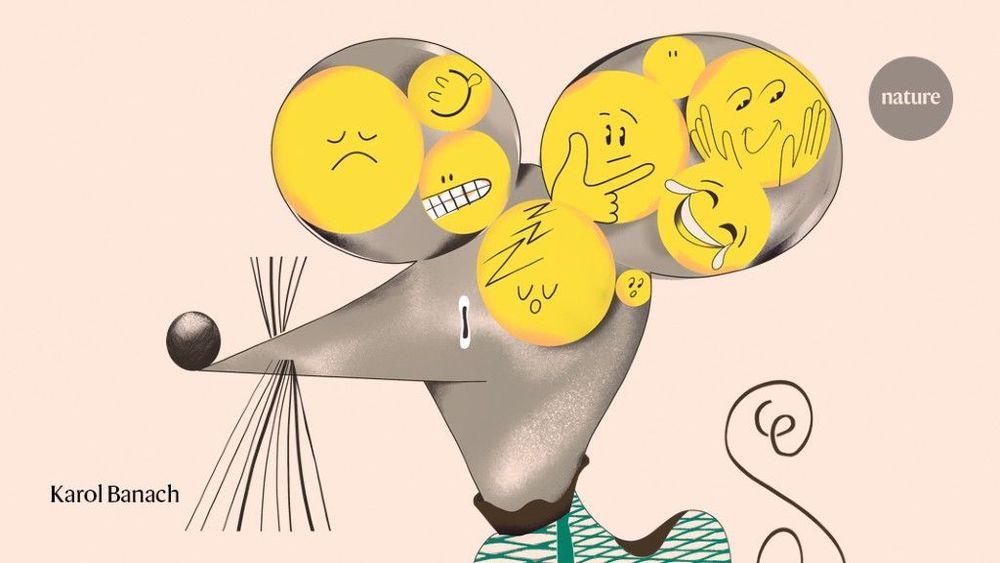On July 27, the assembly of the world’s largest nuclear fusion reactor began in France. It is known as the International Thermonuclear Experimental Reactor or ITER. The ITER project is a joint effort by countries such as Japan, India, the European Union, the United States, Russia, China, and South Korea. The project was launched in 2006, has a five-year assembly phase, and plans to reach its maximum power output by 2035.
Thank you for watching our video!
You can subscribe to our channel here: https://bit.ly/3c8Adi6
Visit https://www.thehindu.com/ for the latest updates, analysis, opinions, and more.
The Hindu is committed to keeping you up-to-date with information on the developments in India and the world. We promise to deliver quality journalism that stays away from vested interest and political propaganda. You can support us by subscribing to our digital offerings here: https://bit.ly/3emywiz
Follow us:




